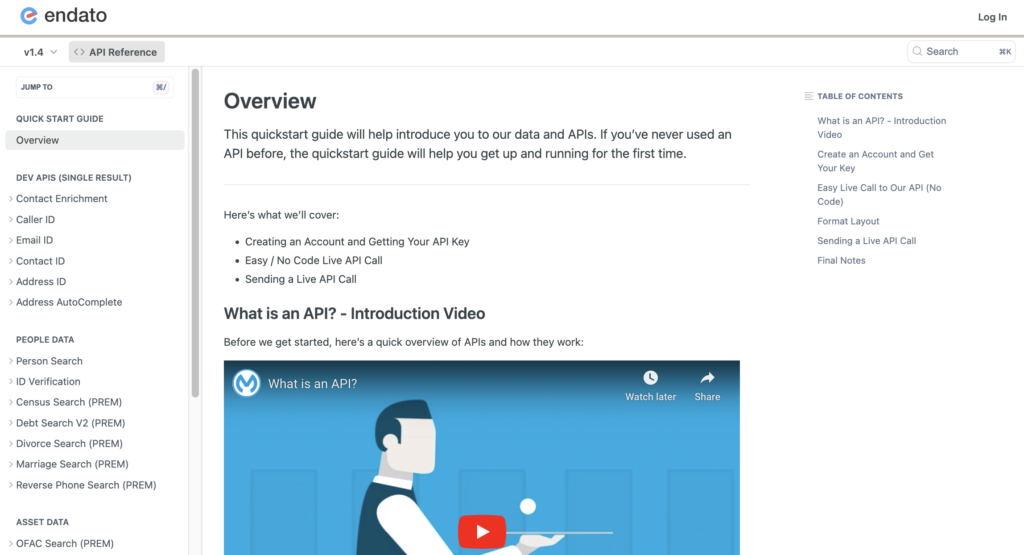Fraud is a big problem in the US. According to the Federal Trade Commission, consumers reported losing more than $5.8 billion to fraud in 2021, an increase of more than 70 percent over the previous year.
Why are there so many reports of fraud? Two reasons. First, there are many different kinds of fraud, such as consumer fraud, voter fraud, elder fraud, identity theft, and synthetic fraud, also known as synthetic identity fraud. The second reason: people have rationalization, opportunity, and pressure to commit fraud. More specifically:
Opportunity in a system’s weakness;
Pressure on a fraudster’s finances or addiction; and
Rationalization to justify the crime.
We’ll cover an emerging type of fraud called synthetic fraud, and discuss how common it is, why people do it, as well as some synthetic fraud detection strategies for companies.

Synthetic fraud is similar to identity theft, where a criminal steals your personal information to create fake accounts and spend your money. However, synthetic identity fraud involves using real information combined with fake information to create a new identity.
To start, the fraudster will steal the social security number of someone unlikely to notice. Perhaps a child, or a homeless person who won’t check their credit as often. Then, they’ll pair that number with fake details, like a fake address, fake phone number, and fake name. Synthetic fraudsters can build up the credit of this new identity to borrow even more money, or to pose as a victim of fraud to get back the money they spent!
When you think of identity theft, you think of someone stealing your identity. This usually looks like someone stealing your social security number or credit information to borrow money or make purchases, pretending to be you. Once you notice the fraudulent transactions, you contact your bank immediately.
But what if someone could commit identity theft without anyone reporting them? Banks and other institutions have a harder time catching synthetic fraud because the social security numbers stolen belong to people who might not notice for years. Experts predict the effects of this fraud to be catastrophic to children once they grow up, as they are a common target for social security numbers.
Fraudsters are catching on, as an estimated 80-85% of fraud is synthetic fraud. The cost of this type of fraud is enormous, as banks lose $6 billion annually to synthetic fraud.
Synthetic fraud is a type of identity theft in which a fraudster combines a stolen social security number with fake personal information to create a new identity and fraudulently spend money.
Sometimes fraudsters build up credit to borrow more money or pretend to be victims of fraud to get the money they spent back!
Synthetic identity fraud is common, as it’s harder to catch than regular identity theft.

Criminals interested in stealing money commit synthetic identity fraud, as they do with other types of fraud. However, synthetic identity fraud is unique in that the perpetrators aren’t always financially motivated like the common fraudster.
Illegal immigrants sometimes commit synthetic fraud as a means to remain in their new country of residence. They aren’t necessarily motivated to steal the bank’s money; rather, they want the freedom to regularly use a bank account and credit to live a normal life.
Common, financially motivated fraudsters commit synthetic fraud because it’s a harder type of fraud for institutions to detect.
Illegal immigrants also commit synthetic ID fraud as a means to live a normal life in the country they illegally reside in, including being able to access banks and credit.
The biggest victims of synthetic identity fraud are banks. Synthetic fraud detection is difficult (and one reason why this fraud is so popular). Luckily, there are identity verification and synthetic fraud solutions to help protect companies and detect synthetic fraud.
Embrace Artificial Intelligence
Machine learning and artificial intelligence are great modern tools to catch any inconsistent consumer behaviors and identity discrepancies. These technologies can also help companies look at information across multiple companies, to see if people of interest use the same information at different locations.
Looking Closely At Identity Profiles
Financial institutions should regularly update and enhance their identity verification processes, and ask these questions when people open up new accounts:
- Does the person have any personal relationships? Synthetic fraudsters often have no apparent friends or relatives
- Does the person have a suspiciously high number of authorized users on their account, especially users in different cities and with different last names?
- Has the person used different personal information perhaps by mistake, like different dates of birth, etc.?
- Do you see any indicators of identity history, like a driver’s license, passport, or utility bill?
- Has the person tried applying for credit an unusually high number of times?
Utilize a Public Records Software for Fraud Prevention
Endato public records software has a number of different searches that can help companies prevent fraud before it happens. In addition to a cloud-based platform with identity management software, Endato also provides batch skip tracing and API solutions. With a dedicated public records API, companies can integrate public records data directly into their own software for a completely seamless experience.
- Banks and financial institutions are hit hardest by synthetic fraud.
- Closely examining identity profiles and embarrassing artificial intelligence can help companies with early synthetic fraud detection.
- Endato public records provides cloud-based, batch processing and API data solutions to prevent fraud.
Crime has always existed, but its methods and how we deal with it evolved. Synthetic fraud is the latest evolution of fraud. Endato offers state-of-the-art synthetic fraud detection solutions to combat this evolved crime.
Verifying someone is who they claim to be is more challenging than ever. Companies must be vigilant to protect their assets, and individuals must take precautions like checking their credit reports to prevent becoming a victim:
- 22% of American adults (63M) are either unbanked or underbanked
- 4.5% of U.S. households (5.9 million) were unbanked in 2021
- Synthetic identity fraud costs over $6B each year
- It is the fastest-growing type of fraud and goes 85-95% undetected

At Endato, we use over 6,000+ authoritative sources and 120 billion records to offer cutting-edge solutions that predict, prevent, and protect your company from fraud. We excel at identity resolution and provide impressive match results across not only the conventional U.S. consumer population but especially for hard-to-locate underbanked, young consumers, and those new to the U.S.

Getting familiar with how to use Endato’s search and API products is very helpful in deciding what products you’ll want to use. We’ve created this quick start guide to walk new users through how to use Endato. Happy searching!